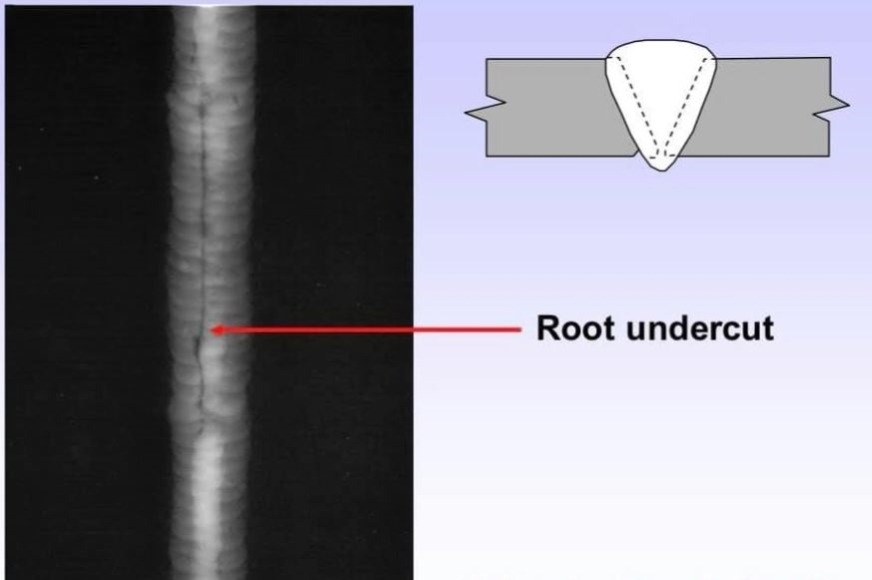Just How to Prevent Weld Undercut: Essential Tips for Welders
Grasping the Art of Welding: Just How to Prevent Undercut Welding Issues for Flawless Manufacture Results
By understanding the root causes of undercut welding and executing efficient strategies to stop it, welders can boost their craft to brand-new degrees of quality. In the search of remarkable manufacture outcomes, understanding the art of welding to avoid undercut issues is not just a skill but a necessity for those striving for perfection in their work.
Understanding Undercut Welding

To stop undercut welding, welders should make sure proper welding specifications, such as readjusting the present, voltage, traveling rate, and preserving the proper electrode angle. Additionally, utilizing the appropriate welding method for the details joint configuration is necessary. Using weaving motions or backstepping methods can aid ensure appropriate weld steel deposition and lower the possibility of undercut development. Normal inspection of welds during and after the welding procedure is additionally essential to capture any kind of undercut early and make required modifications to prevent additional flaws. Preventing weld undercut. By understanding the causes of undercut welding and carrying out safety nets, welders can achieve premium, structurally audio welds.
Causes of Undercut in Welding
Understanding the variables that contribute to damage in welding is important for welders to generate premium, structurally audio welds. Inadequate welding existing or incorrect welding rate can likewise add to undercut. Comprehending these reasons and executing correct welding strategies can assist prevent undercutting concerns, making certain strong and sturdy welds.
Strategies to Protect Against Undercutting

To alleviate the danger of damaging in welding, welders can use strategic welding techniques aimed at enhancing the quality and honesty of the weld joints. In addition, using the correct welding strategy for the details joint arrangement, such as weave or stringer grains, can add to lowering damaging.
Furthermore, correct joint prep work, consisting of making sure clean base materials devoid of contaminants and using the ideal welding consumables, is crucial in preventing undercut defects. Using back-step welding strategies and managing the weld bead account can additionally assist distribute warm evenly and decrease the danger of undercut. Routine evaluation of the weld joint throughout and after welding, in addition to executing quality control measures, can assist in resolving and discovering damaging problems quickly. By applying these methods diligently, welders can achieve flawless manufacture results with very little undercut issues.
Significance of Appropriate Welding Criteria
Selecting and preserving ideal welding parameters is vital for attaining effective welds with minimal problems. Welding specifications describe variables such as voltage, existing, travel speed, electrode angle, and protecting gas circulation price that straight impact the welding process. These parameters need to be meticulously readjusted based upon the sort of material being welded, its thickness, and the welding technique utilized.
Appropriate welding specifications make certain the right amount of heat is applied to thaw the base steels and filler product uniformly. If the parameters are set expensive, it can result in excessive heat input, causing distortion, burn-through, or spatter. On the other hand, if the parameters are too low, incomplete blend, absence of infiltration, why not try these out or damaging might happen.
High Quality Assurance in Welding Operations

Verdict
In conclusion, grasping the art of welding needs a complete understanding of undercut welding, its causes, and techniques to stop it. By visit this web-site making sure appropriate welding parameters and applying quality control techniques, perfect fabrication outcomes can be achieved. It is important for welders to consistently pursue excellence in their welding procedures to prevent undercut issues and generate top quality welds.
Undercut welding, a common flaw in welding processes, happens when the weld metal doesn't properly fill up the groove and leaves a groove or depression along the bonded joint.To prevent undercut welding, welders must ensure appropriate welding parameters, such as changing the existing, voltage, travel rate, and keeping the appropriate electrode content angle. Poor welding current or wrong welding speed can likewise add to undercut.To minimize the risk of damaging in welding, welders can employ tactical welding strategies aimed at improving the top quality and integrity of the weld joints.In verdict, understanding the art of welding requires a detailed understanding of undercut welding, its causes, and methods to stop it.